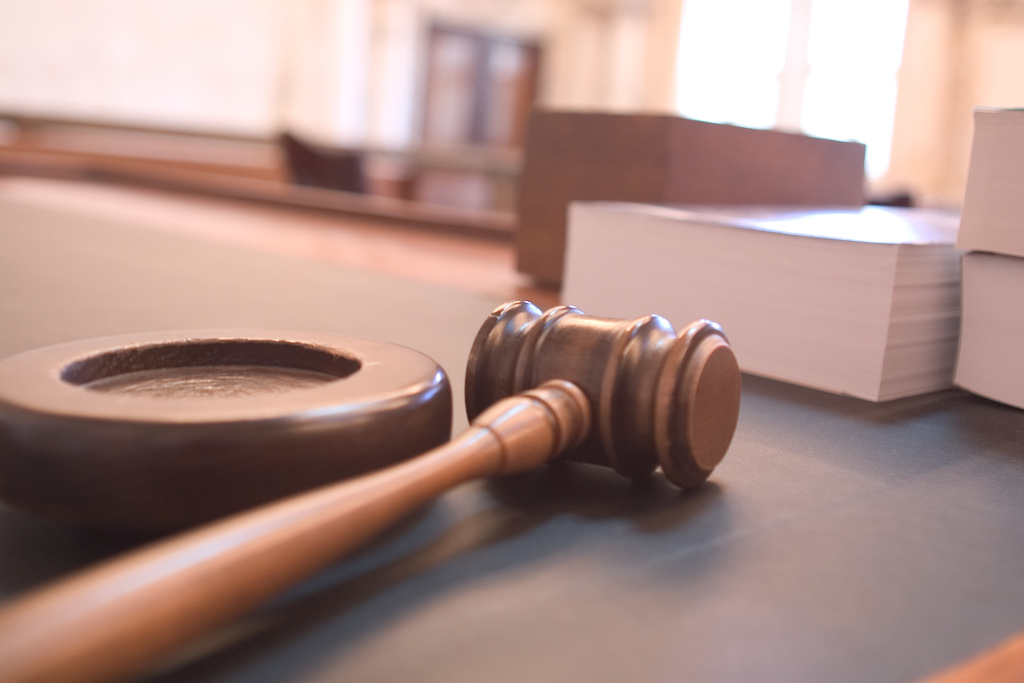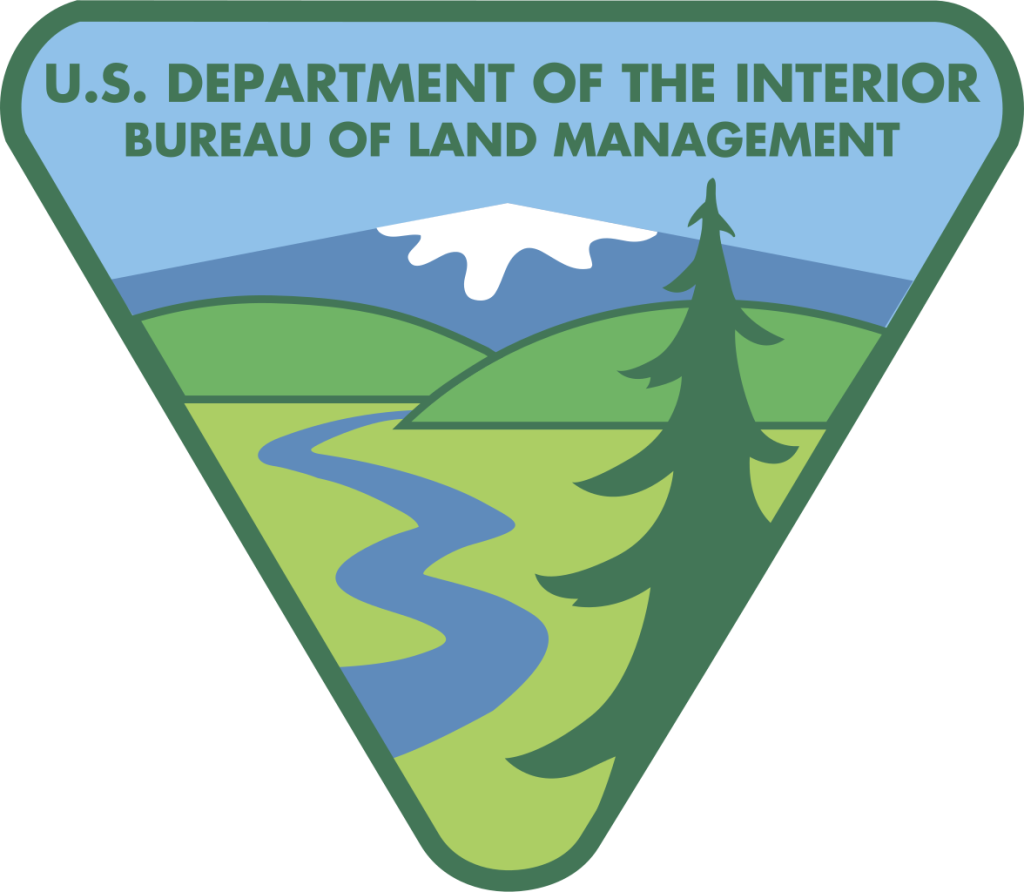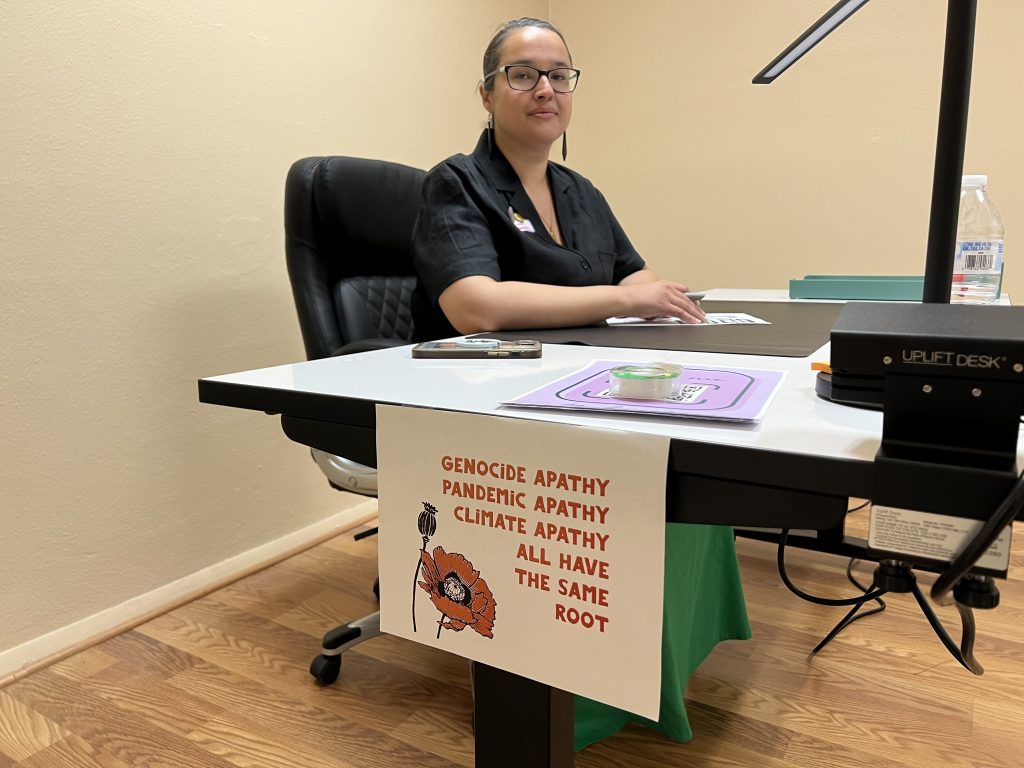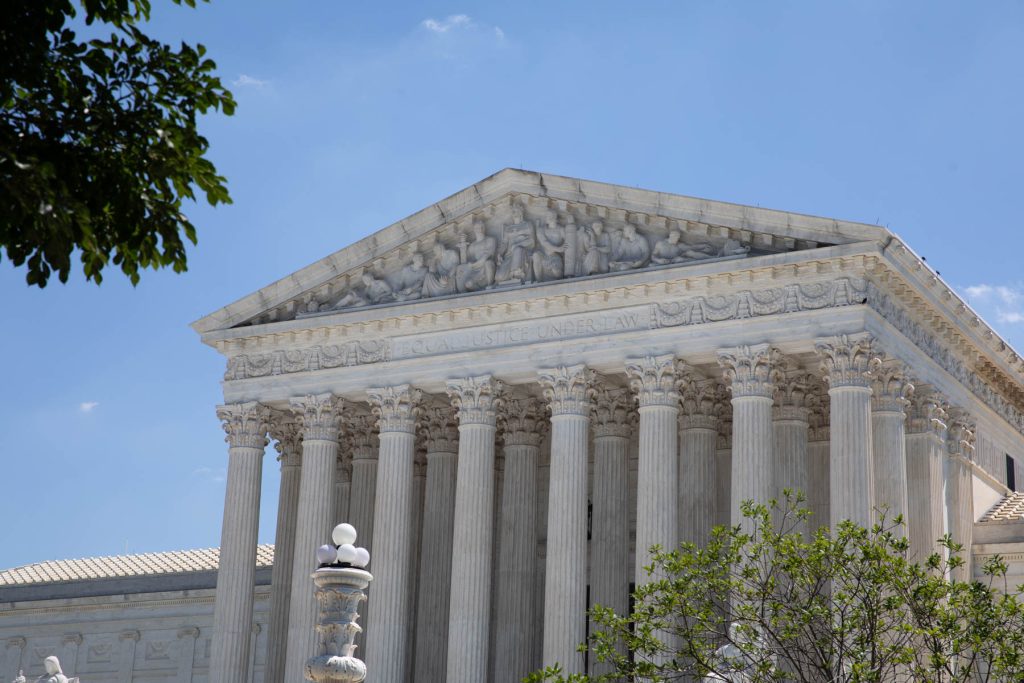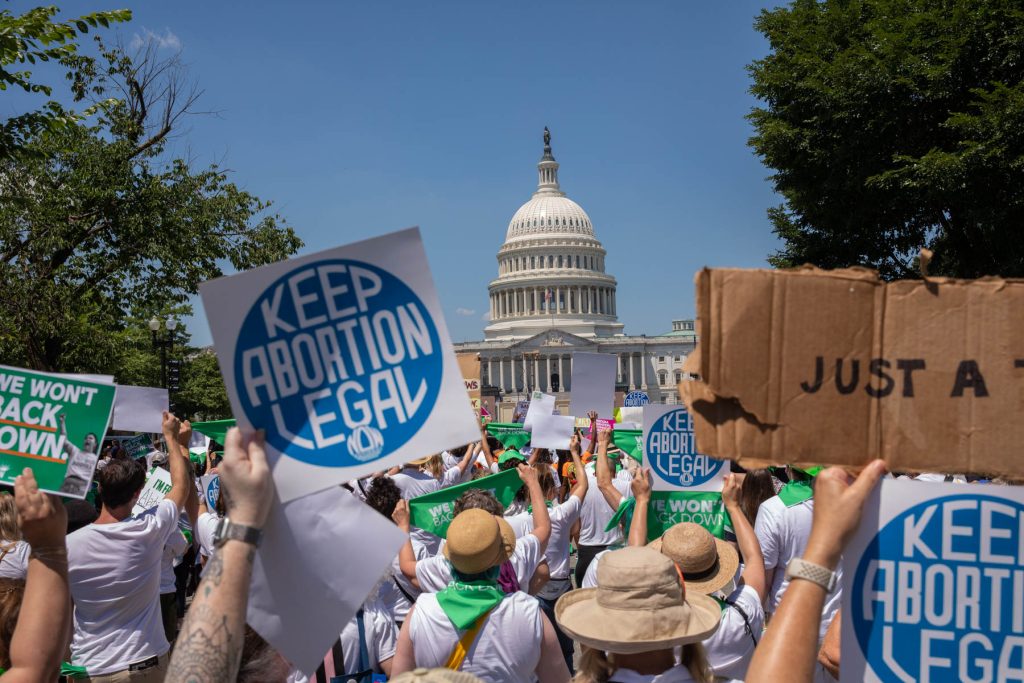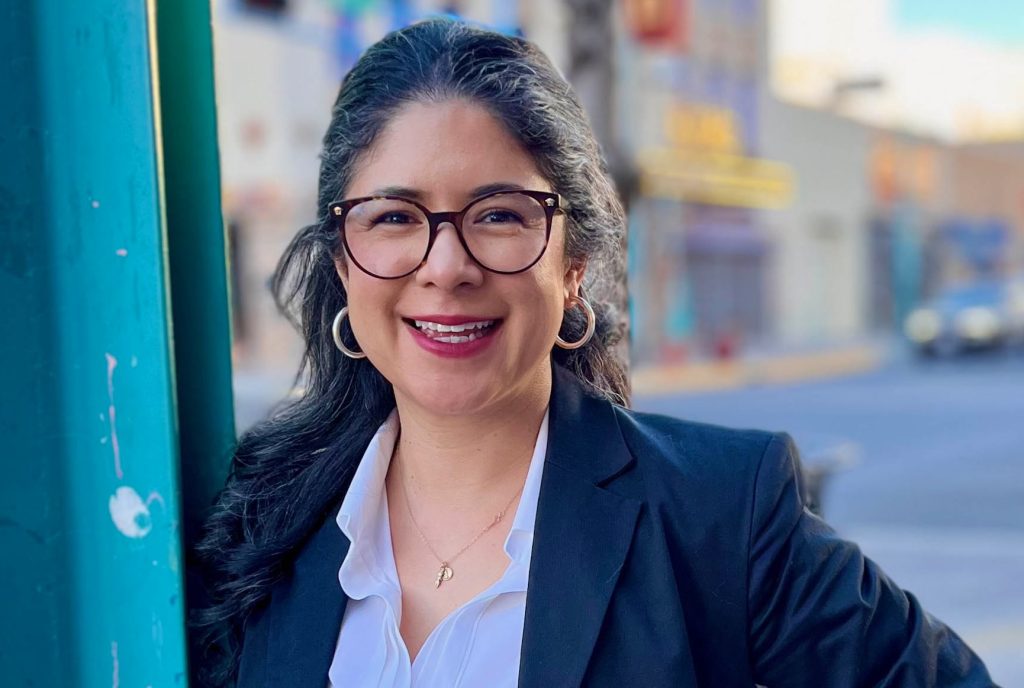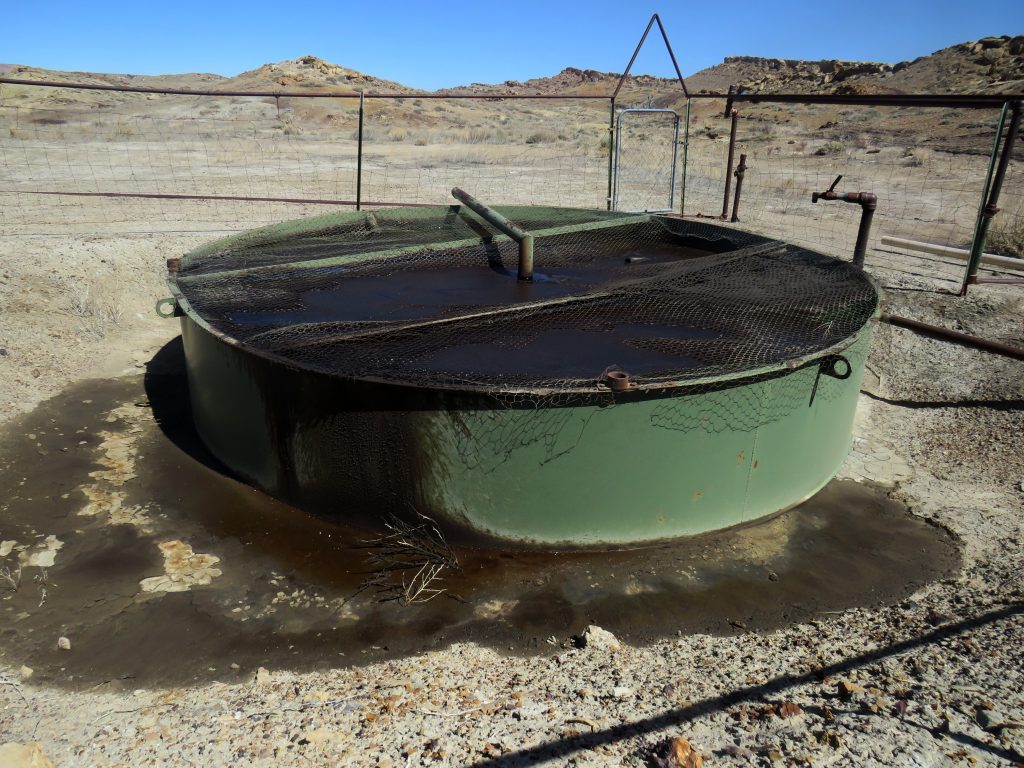A bill to establish a permanent 10-mile buffer around Chaco Canyon to protect it from oil and gas extraction activity passed the U.S. House on Wednesday with bipartisan support. The bill, sponsored by U.S. Reps. Ben Ray Luján, Deb Haaland and Xochitl Torres Small, would prohibit oil and gas activity on nearly 500 square miles of Bureau of Land Management (BLM) held land surrounding the Chaco Culture National Historical Park.
The bill passed 245-174, with all Democrats in the House voting in favor of the legislation, along with 17 Republicans.
The legislation would withdraw BLM-held land within the 10-mile buffer around the Chaco Canyon park from future oil and gas development, but would not prevent the Navajo Nation or individuals with allotments in the buffer zone from pursuing energy development.
On a press call Thursday, one day after the vote, Luján praised work done by fellow Representatives Haaland and Torres Small during a floor debate on the bill. He called the bipartisan vote “significant” and said the bill would “forever protect Chaco.”
U.S. Sen Tom Udall said the House’s passage of the bill is “a major step forward for Chaco Canyon.” He said the bill “balances cultural protection with the protection of existing rights, including those of tribal allottees.”
“Now the Senate must do the same,” he said. “We must act.”
‘Living landscape’ needs protection from oil and gas
The Greater Chaco region is culturally significant to the Navajo Nation and other pueblos in New Mexico. The land is divvied up between BLM, state trust land holdings, the Navajo Nation and individual allotments. Over 90 percent of BLM land in the region has been leased for oil and gas.
RELATED: Touring the fracking wells at Chaco Canyon
In March 2019, the Navajo Nation and the All Pueblo Council of Governors held a historic summit on protecting the Greater Chaco region from further oil and gas development. The summit marked just the third meeting of its kind between the two bodies in the last 400 years.
A coalition of conservation groups, pueblos and tribes have repeatedly called for a moratorium on oil and gas leasing and activities in the area until more public input is gathered and more analyses done on the impacts of energy development in the region to sacred sites. But the patchwork of land holdings has complicated efforts to protect the area.

Santa Clara Pueblo Gov. J. Michael Chavarria described the region as an “irreplaceable cultural landscape.”
“It is not only the home of our ancestors — the eye of the wheel from which the Pueblos migrated — and rich in cultural resources, but it is also a living place we continue to interact with through song, prayer, and pilgrimage,” Chavarria said.
Acoma Pueblo Gov. Brian D. Vallo said the landscape is critically important to the Pueblo, and is “entrenched in our deep collective memory.”
All Pueblo Council of Governors’ chairman E. Paul Torres said the pueblos of New Mexico and Texas are “forever tied to the sacred sites and cultural resources” across the Greater Chaco Landscape. “The integrity of this region ensures the continuance of our cultural traditions, and the well-being of our identity as handed down to us by our ancestors,” Torres said.
Navajo Nation Vice President Myron Lizer said the Greater Chaco region is “a living landscape, meant to be accessible for tribal communities to support the continuance of cultural practices vital to our present cultural identity.”
RELATED: Navajo government officials, environmental groups want review of BLM’s Chaco Canyon leases
Earlier this year, New Mexico Land Commissioner Stephanie Garcia Richard issued a moratorium on oil and gas lease sales on state trust lands located within the ten-mile buffer zone.
The U.S. Department of the Interior, which oversees BLM, also placed a temporary one-year moratorium on drilling within 1,500 acres of land adjacent to the park earlier this year after U.S. Interior Secretary David Bernhardt toured the world heritage site and met with leaders of the Navajo Nation and New Mexico pueblos to hear concerns over oil and gas activity in the region threatening cultural sites.
But tribes and conservation groups have said permanent laws need to be established to protect the Greater Chaco region from future energy development.
“It’s well past time for Interior to listen to the multitude of voices calling for the permanent preservation of our sacred lands,” Chavarria said. “The legislation to protect Chaco from oil and gas development is exactly what this region needs.”
Rep. Haaland, who is a member of Laguna Pueblo, said she was incredibly proud of the legislation.
“The fight to protect Chaco had a unifying effect, it brought pueblos together with the Navajo Nation and all the communities who share our beautiful land,” Halaand said during a press call. “This administration has been on a mission to lease out every acre it can to extractive industries. New Mexicans are all too familiar with the toxic impacts it has on our air, our water, and our health.”
“Protecting Chaco should not be a partisan issue,” she added.
‘Momentum is on our side’
The legislation now must pass the U.S. Senate before being presented to President Donald Trump to sign into law.
U.S. Sens. Tom Udall and Martin Heinrich co-sponsored the Senate version of the bill.
“We must pass the full Chaco Cultural Heritage Area Protection Act in the Senate,” Udall said during a press call. “The momentum is on our side.”
Udall added that the Department of Interior appropriations bill for fiscal year 2020 includes language “to safeguard the area surrounding the national park.” That bill passed the Senate Thursday, Udall said.
“This provision will protect Chaco’s sacred and fragile landscape from further development without affecting existing operations, including those of Indian tribes and allottees within the zone,” he said.
The bill also includes $1 million for the Interior Department and New Mexico’s pueblos to jointly conduct an ethnographic survey of the Greater Chaco region, to survey the cultural sites that exist outside the national park.
“Only a fraction of the archaeological and culturally significant sites and artifacts in the Chaco area are protected in the national park,” he said.
“Time and again we’ve come to the defense of Chaco Canyon,” said Heinrich during the press call. “We’re going to continue doing that until we get permanent legislation withdrawing this area from mineral entry. We’re going to stick with this until we see finality.”


